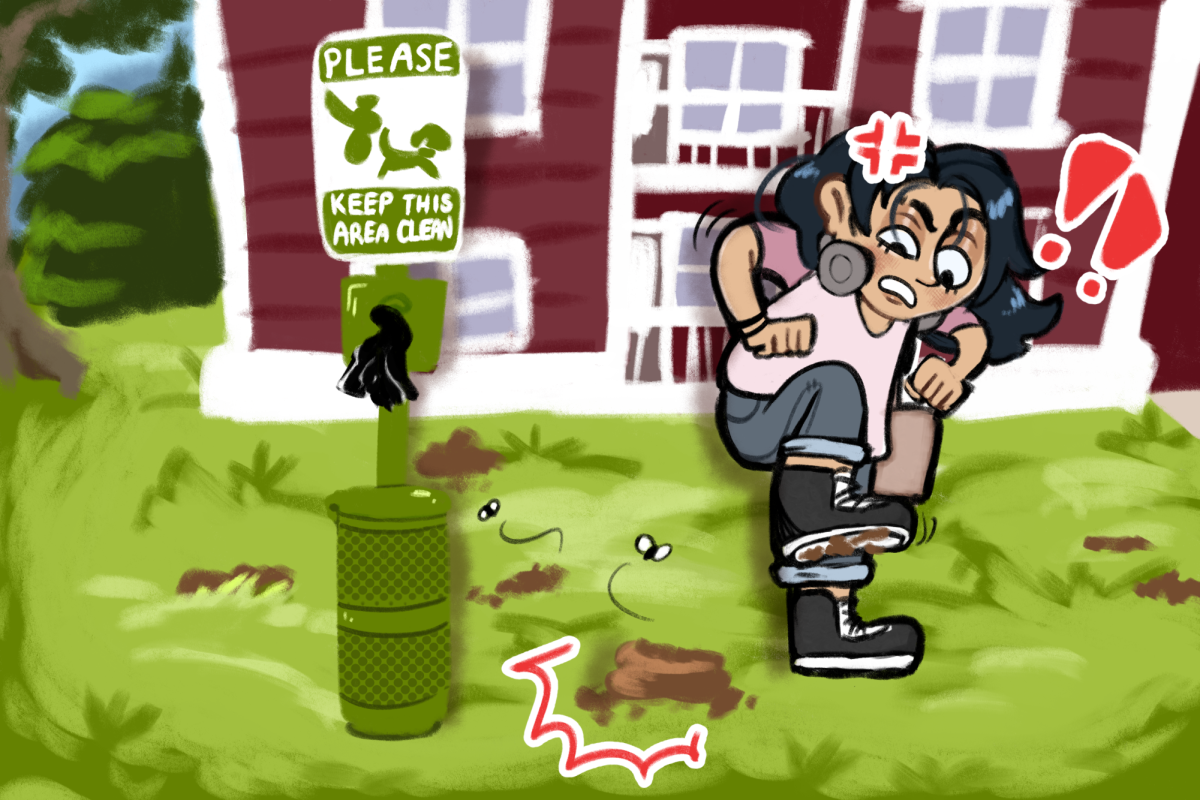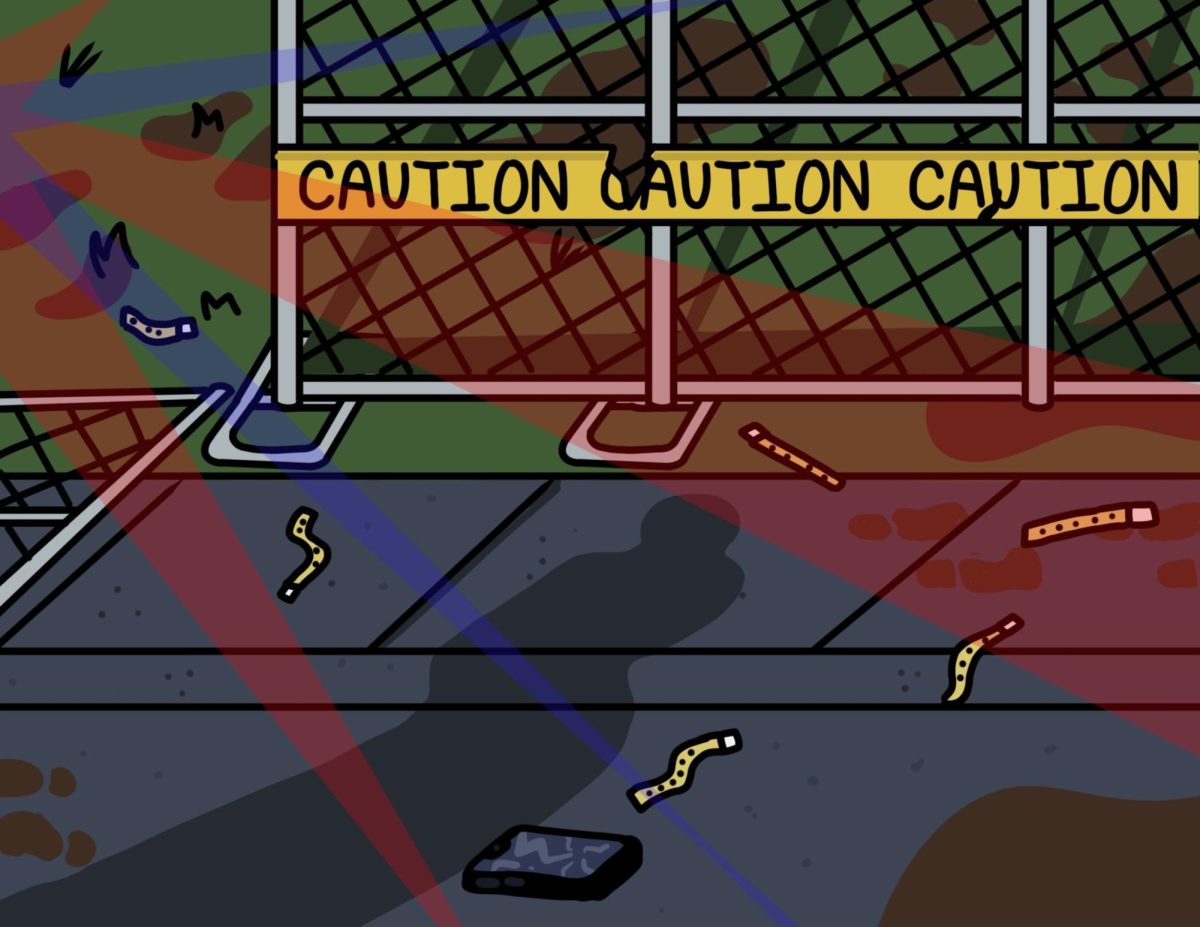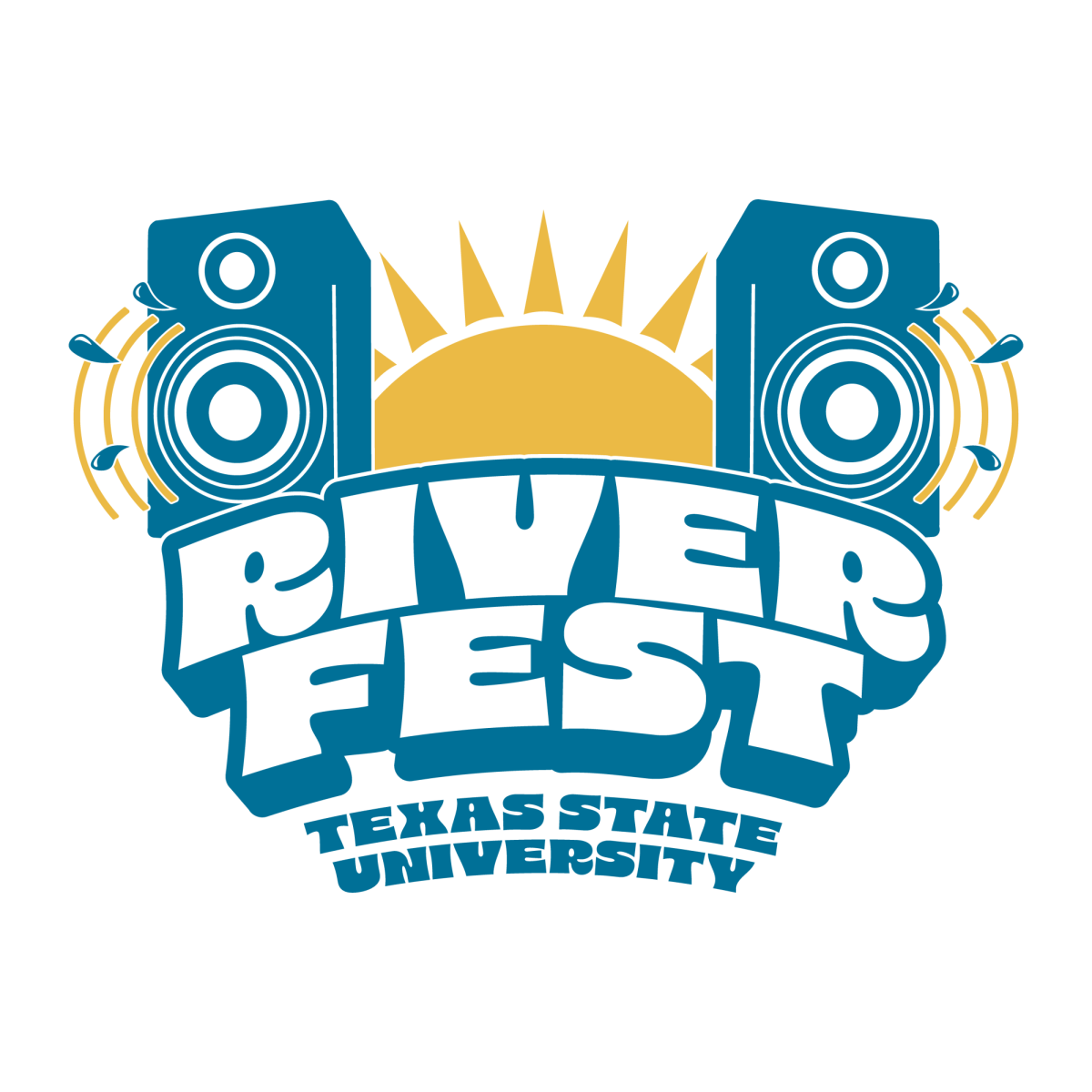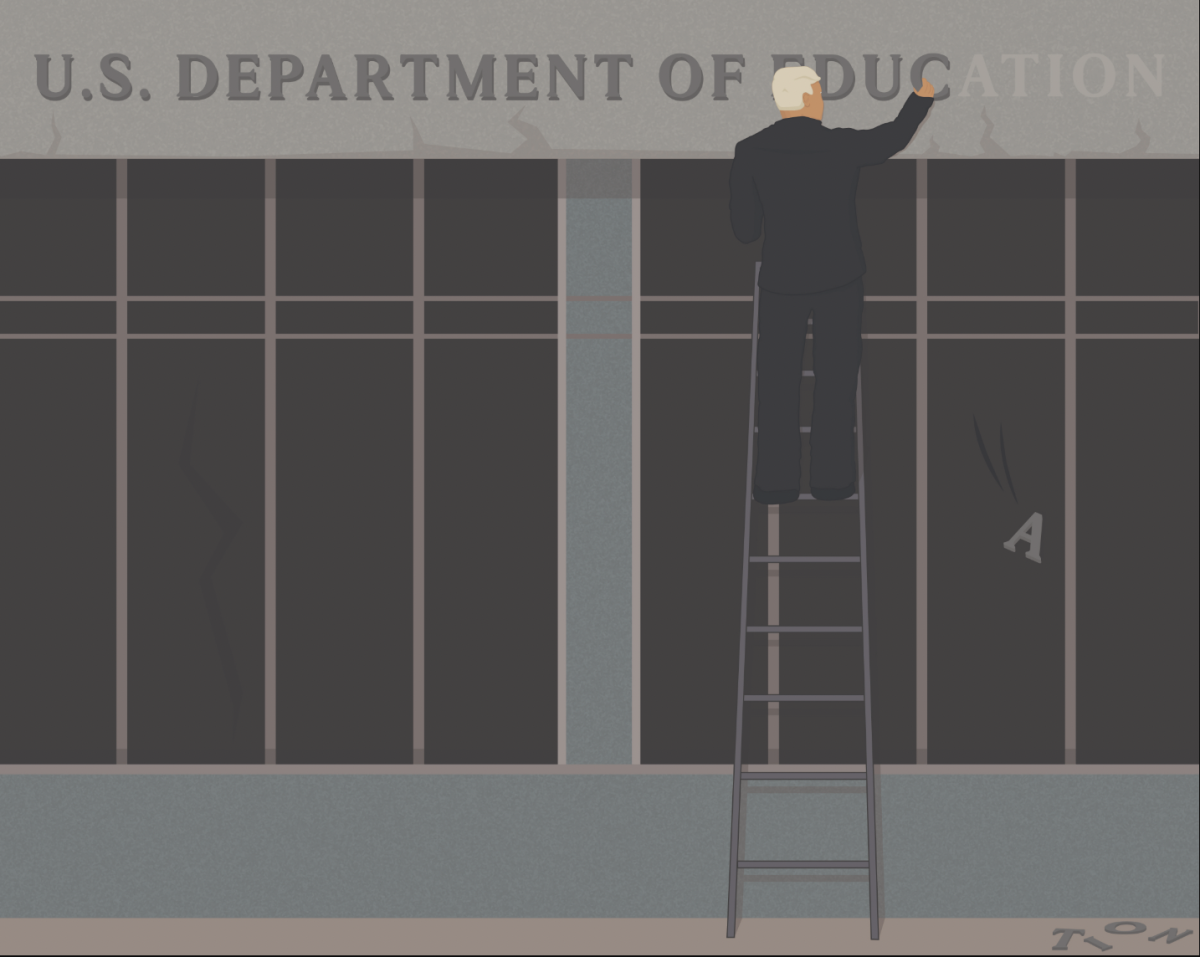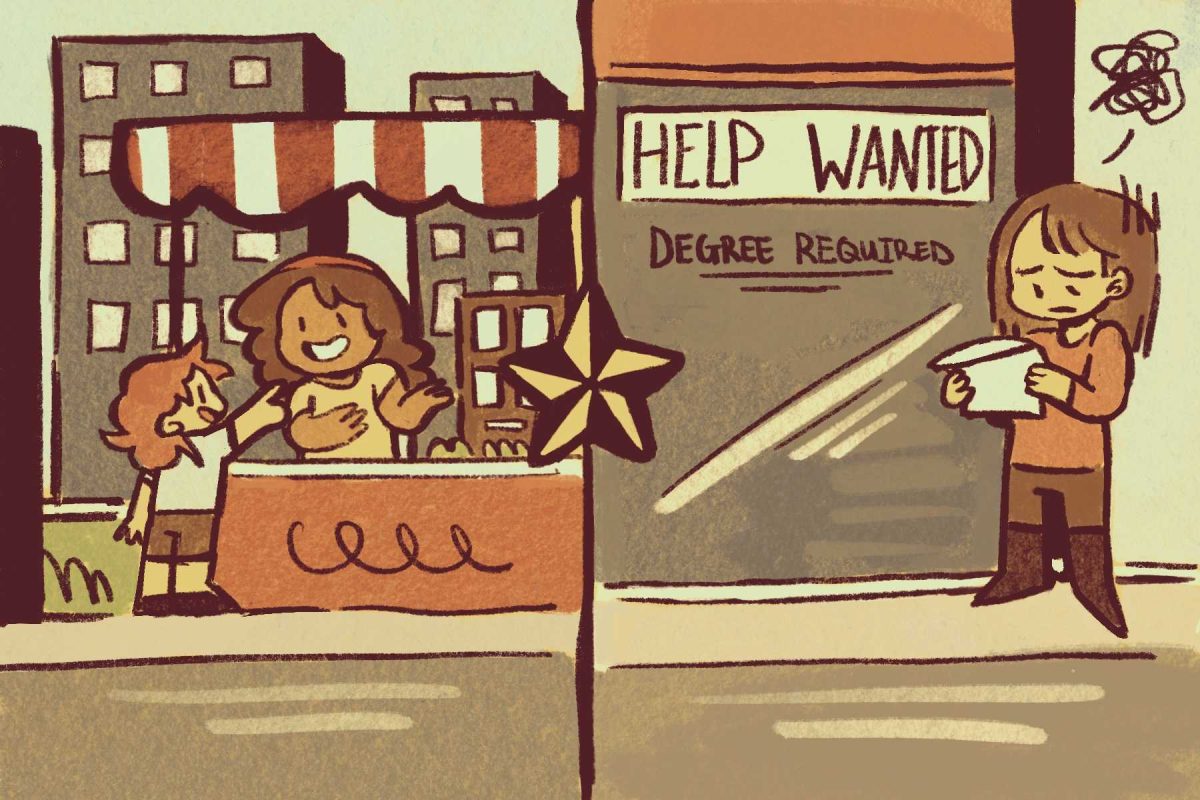Recently, an opinion piece appeared in The University Star about the Bobcat Cares Emergency Grant. The piece was entitled “Bobcat Cares aid was haphazardly distributed”. Several points raised in the piece expressed a misunderstanding of the application and awarding process. I believe it is important to clarify these points and help readers better understand the serious approach taken in awarding emergency grants to students who are facing significant challenges during the pandemic.
The opinion piece states that unlike the emergency grants offered at the end of spring 2020 “this time around [spring 2021], emergency aid was given to students based only on their 2020-2021 FAFSA filing.” The implication is that a different approach was taken in awarding emergency grants between the two semesters. That assertion is incorrect. Both of the Bobcat Cares Emergency Grants for spring 2020 and 2021 were prioritized based on the FAFSA. The FAFSA data is perhaps the best source of financial information to understand a student’s (and their family’s) starting financial resources and potential resilience to facing unexpected economic challenges. However, it is just the starting point.
Throughout the year, students have submitted special circumstances requests to Financial Aid and Scholarships (FAS) after experiencing significant changes in their resources (e.g., due to their loss of a job, their parents’ reduction or loss of income, medical bills not covered by insurance, etc.). Once these requests are received, FAS specialists then review and compare a student’s current financial situation with the income and resources reported originally on their FAFSA. If their current resources have been significantly affected, their FAFSA is updated to show their current lower financial resources and higher need.
Not only are these students potentially eligible for more assistance through standard federal and state student financial aid programs, but their higher need is then reflected on their FAFSA that is used for assessing need for the Bobcat Cares Emergency Grants. Therefore, the opinion piece’s statement that a “student’s FAFSA does not display the financial effects the pandemic has had on her, his or their life,” is somewhat misleading.
The piece also asserts that unlike “the previous Bobcat Cares application, this application did not allow students to explain the financial insecurity the pandemic had caused them.” The spring 2020 application did request students to explain their related expenses. However, this information was not used to rank students. Instead, this information was required to determine eligibility (i.e., compliance) for the Higher Education Emergency Relief Fund I (HEERF I). These HEERF I federal monies funded most of the Spring 2020 Bobcat Cares Emergency Grant program.
With changes in HEERF II rules (the funds available for the spring 2021 awards) that information was no longer needed for compliance purposes. Thus, the related question was dropped from the spring 2021 application to make it easier for students to complete as well as to get aid to more students more quickly. In fact, the expense question from HEERF I actually restricted some needy students from qualifying for assistance in spring 2020; contrary to what the opinion piece suggests.
Unfortunately, there are never sufficient funds to meet the full need of all our students during this crisis. During the spring 2021 Bobcat Cares Emergency Grant application period, over 15,000 applications were submitted by students suffering financial hardships brought about by the pandemic. All eligible students (just over 98.5% of applicants) were awarded grants by Financial Aid and Scholarships totaling more than $9.4 million. Of the 1.5% that were not awarded by FAS, due to their not meeting federal program eligibility requirements, many received funds through the Dean of Students Office.
As we plan for the awarding of emergency grants for the summer and fall of this year, we will continue to help as many students as possible through a fair and equitable approach that prioritizes awards based on exceptional need; as required by the U.S. Department of Education.
The University Star welcomes Letters to the Editor from its readers. All submissions are reviewed and considered by the Editor-in-Chief and Opinion Editor for publication. Not all letters are guaranteed for publication.
Categories:
Letter to the Editor: Bobcat Cares
Christopher Murr, Director of Financial Aid and Scholarships
April 7, 2021

letter to the editor
0
Donate to The University Star
Your donation will support the student journalists of Texas State University. Your contribution will allow us to purchase equipment and cover our annual website hosting costs.
More to Discover






